Fine art, from the 17th century, denote art forms developed for aesthetics and concept, recognised them from applied arts that also have to serve some practical function. Historically, the five fine arts were paintings, sculpture, architecture, music and poetry, with minor arts including drama and dancing. Today, the fine arts quiet a lot include the visual art and performing art forms, such as painting, sculpture, collage, decollage, assemblage, installation, calligraphy, music, dance, theatre, architecture, film, photography, conceptual art, and printmaking. However, in some institutes of learning or in museums of fine arts, are associated exclusively with visual art forms.
Illustration:
An illustration is drawing, painting, photograph or other work of art that stresses subject more than form, and is aform of visual expression. The aim of an illustration is to decorate textual information, such as a story, poem or newspaper article by providing a visual representation.
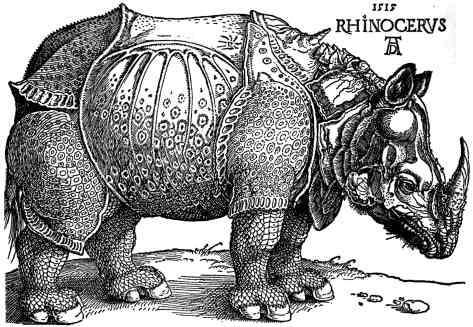
Painting and Drawing:
Drawing is a form of visual expression and is one of the major forms within the visual arts. Often instruments include graphite pencils, pen and ink, inked brushes, wax color pencils, crayons, charcoals, chalk, pastels, markers, stylus, or various metals like silverpoint. Certain drawing methods or approaches, such as "doodling" and other informal kinds of drawing such as drawing in the fog a shower leaves on a bathroom mirror, or the surrealist method of "entopic graphomania", in which dots are made at the sites of impurities in a blank sheet of paper, and lines are then made between the dots, may or may not be considered as part of "drawing" as a "fine art."

Comics: Comics are a graphic medium in which images are made practical and effective use of in order to convey a sequential narrative. Comics are often seen as a low art, although there are a few exceptions, such as Krazy Kat and Barnaby. In the late 20th and early 21st century there has been a movement to rehabilitate the medium.

Mosaics:
Mosaics are images formed with small pieces of stone or glass, called tesserae. They can be decorative or functional. An artist who designs and makes mosaics is called a mosaic artist or a mosaicist.
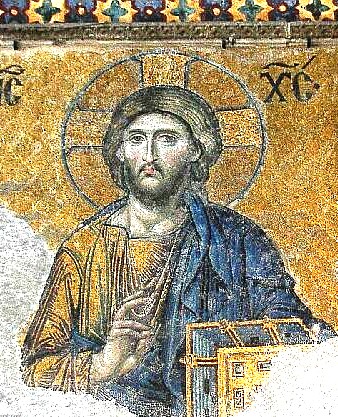
Printmaking and imaging:
Printmaking is the process of making artworks by printing, normally on paper. Except in the case of monotyping, the process is capable of producing multiples of the same piece, which is called a print. Each print is considered an original, as opposed to a copy. The reasoning behind this is that the print is not a reproduction of another work of art in a different medium — for instance a painting, but an image is designed from inception as a print. An individual print is also referred to as an impression. Prints are created from a single original surface, known technically as a matrix. Often types of matrices include plates of metal, usually copper or zinc for engraving or etching, stone, used for lithography, blocks of wood for woodcuts, linoleum for linocuts and fabric in the case of screen printing. But there are many other kinds. Multiple nearly identical prints can be called an edition. Today each print is often signed and numbered forming a "limited edition". Prints may also be published in book form, as artist's books. A single print could be the product of one or multiple techniques.
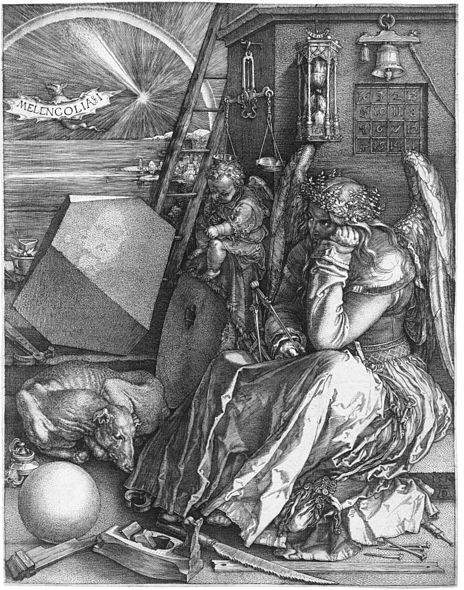
Fiber Art:
Fiber art is a style of fine art which uses textiles such as fabric, yarn, natural and synthetic fibers. It focuses on the materials and on the manual labour involved as part of its importance.

Calligraphy:
Calligraphy is a type of visual art. It is often called the art of fancy lettering. A contemporary definition of calligraphic practice is "the art of giving form to signs in an expressive, harmonious and skillful manner". Modern calligraphy ranges from functional hand-lettered inscriptions and designs to fine-art pieces where the abstract expression of the handwritten mark may or may not compromise the legibility of the letters. Classical calligraphy differs from typography and non classical hand lettering, though a calligrapher may create all of these characters are historically disciplined yet fluid and spontaneous, improvised at the moment of writing.

Photography:
Fine ar photography refers to photographs that are created to fulfill the creative vision of the artist. Fine art photography stands in contrast to photojournalism and commercial photography. Photojournalism provides visual support for stories, mostly in the print media. Fine art photography is created primarily as an expression of the artist’s vision, but has also been important in advancing certain causes. The work of Ansel Adams in Yosemite and Yellowstone provides an example. Adams is one of the most widely recognized fine art photographers of the 20th century. While his primary focus was on photography as art, his work raised public awareness of the beauty of the Sierra Nevada and helped to build political support for their protection.
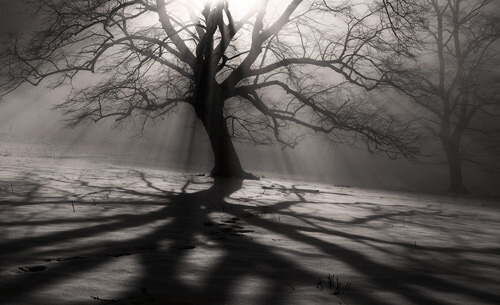
Sculpture:
Sculpture is three dimensional artwork created by shaping hard or plastic material, often stone (either rock or marble), metal, or wood. Some sculptures are created directly by carving, others are assembled, built up and fired, welded, molded, or cast. Because sculpture involves the use of materials that can be moulded or modulated, it is considered one of the plastic arts. The majority of public art is sculpture. Many sculptures together in a garden setting may be referred to as a sculpture garden.

Dance:
Dance is an art form that generally refers to movement of the body, rhythmic, and to music used as a form of expression, social interaction or presented in a spiritual or performance setting. Dance is also used to describe methods of non verbal communication but body language between humans or animals, bee dance, patterns of behaviour such as a mating dance, motion in inanimate objects like leaves dancing in the wind, and certain musical genres. In sports, gymnastics, figur skating and synchronized swimming are dance disciplines while the katas of the martial arts are often compared to dances.
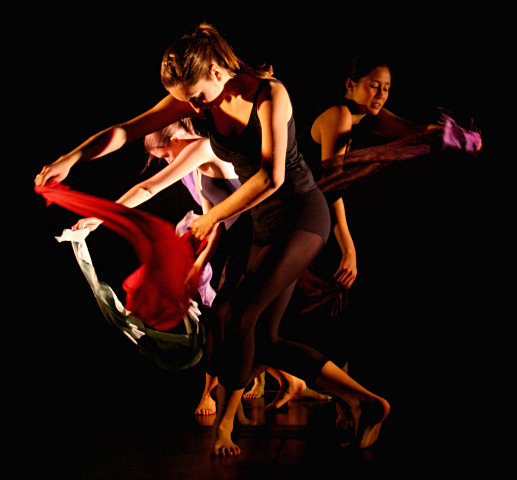
No comments:
Post a Comment